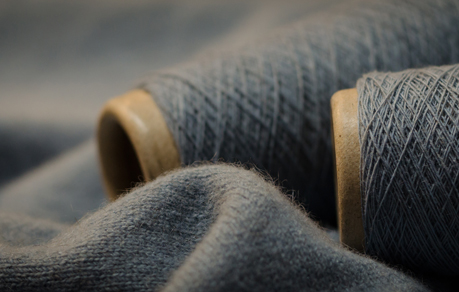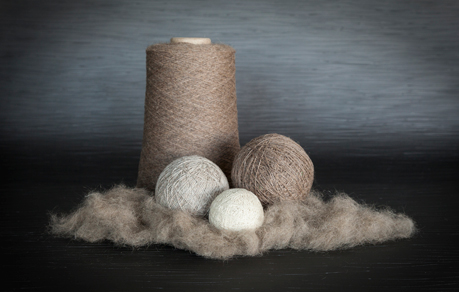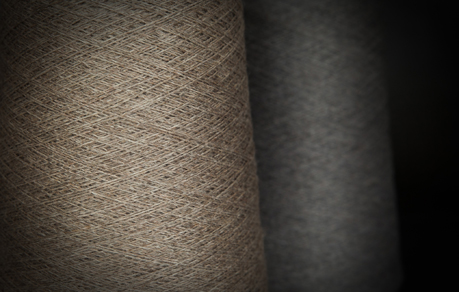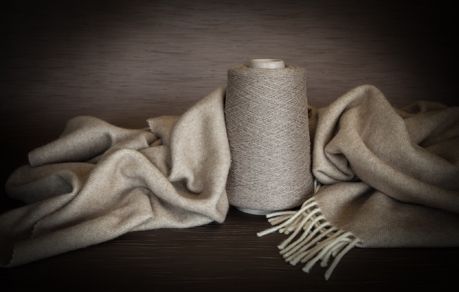
Amongst the warmest yarn in the world due to its hollow fibre, we love possum due to its softness, warmth and versatility. New Zealand possum fur with its unique soft pointed ends and hollow core makes for an extremely light, soft and luxurious fibre. Even the lightest possum product will keep the wearer warm without being bulky, which means our creativity when it comes to garment design is vast. An extremely high performing product, possum is the perfect lightweight insulation.

Since its introduction to New Zealand by fur traders in the late 19th century, the non-native brushtail possum population has reached staggering proportions largely due to the lack of natural predators that would otherwise maintain an ecological balance. The consequences of their rapidly increasing numbers are many, including damaging impacts on New Zealand’s native flora and fauna. We at Heirloom Woollen Collection are committed to keeping our unique land pristine, so when you purchase a garment crafted using possum from our range you are choosing to be a part of our sustainability story, too.

The hollow structure of possum fibres means they can trap more air, and because air is a poor conductor of heat, the more air trapped within a fibre and the fibre structure, the more warmth it will retain for the wearer. In independent tests, possum fibres were found to be 55 per cent warmer than merino and 35 per cent warmer than cashmere fabrics of the same weight and knit structure, so when it is combined with either of these yarns you have a super luxurious but also extremely warm product.

Possum is an extremely breathable fabric for the wearer, which makes their combination with other yarns effortless. Possum fibres have a complex structure made up of a water holding interior, known as the cortex, and a water repelling exterior known as the cuticle. Sweat takes longer to condense into liquid, keeping the wearer more comfortable whatever the season. At the same time the fibres are naturally shower repellent on the outside. We love using possum fibre due to the animal’s impact on New Zealand native flora and fauna.

